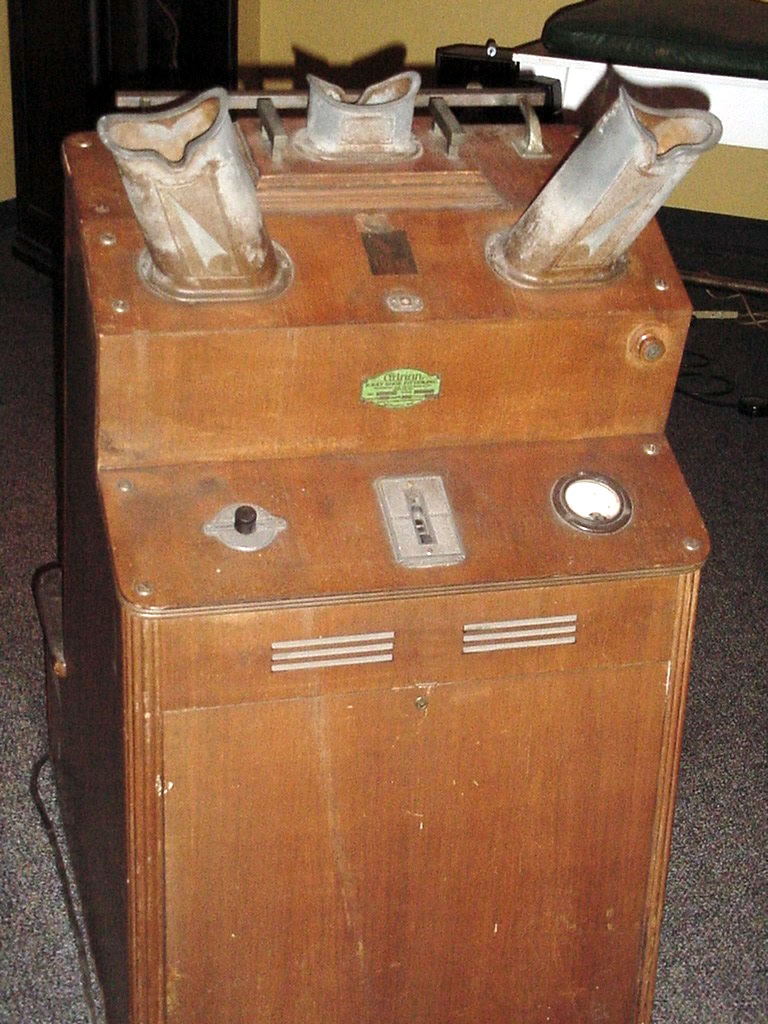From the 1920s, high on the wonders of radiation, shoe shops installed x-ray devices for assessing how well shoes fit children’s feet.
These “shoe-fitting flouroscopes” were generally wooden boxes, with an opening into which the child would put their feet; at the top of the box were two viewports into which the salesperson and a parent could observe the child’s foot bones and the outline of the shoe to assess fit.

Although some of the dangers of radiation were known, such as radiation burns, the long-term effects were not; the machines subjected salespeople in particular to chronic doses of radiation.

When concerns were raised, the shoe industry fought claims that the machines were dangerous and claimed that they were a net good because they prevented the harms of ill-fitting shoes. They began to be regulated and even banned from the 1950s onwards, although they were in use in Switzerland until the late 1980s.